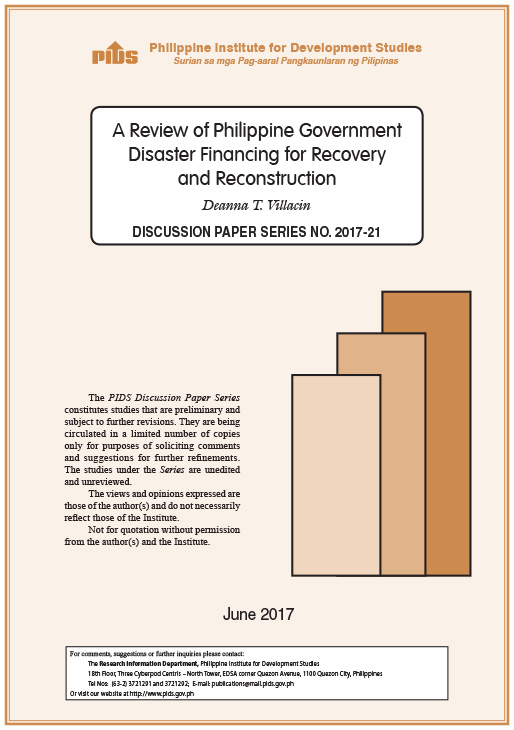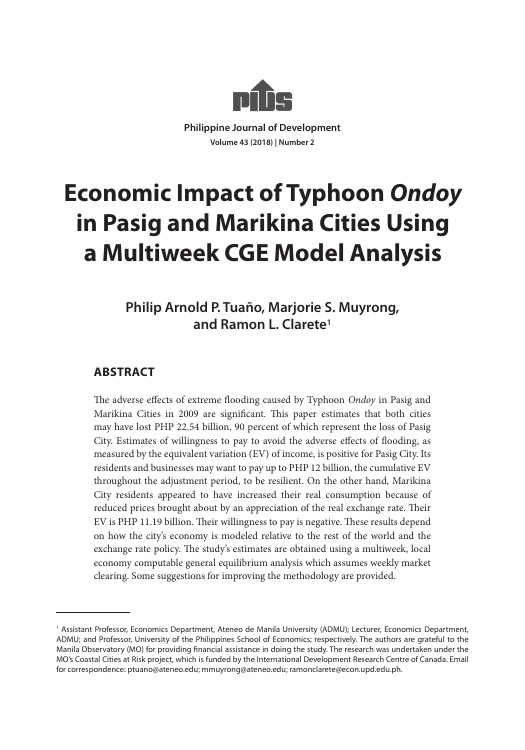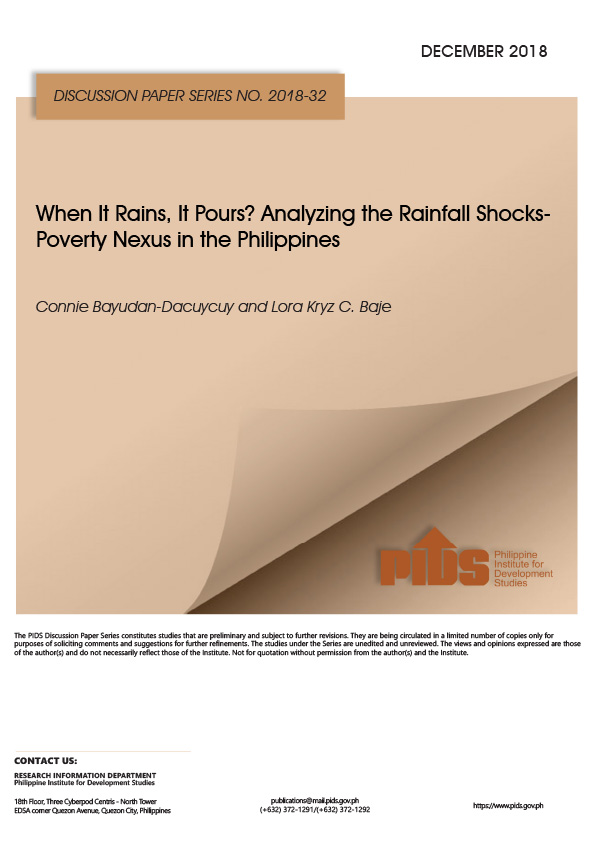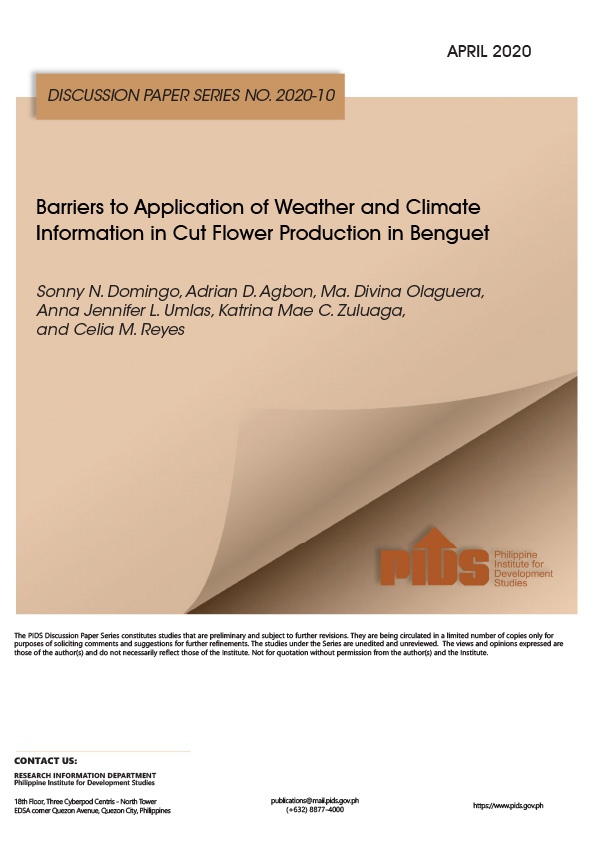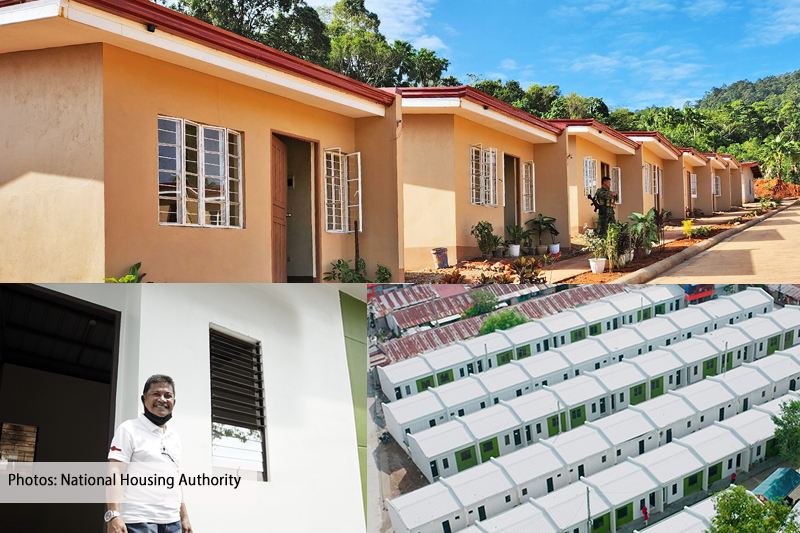The study provides an assessment of the disaster risk financing mechanisms in the Philippines. It looks at the sources and levels of disaster financing specifically for recovery and reconstruction. It also looks at the adequacy and execution of the current disaster risk finance and insurance mechanisms. Case studies are presented showcasing detailed analysis at the sectoral level. The study notes that the government has been mainly relying on budget allocations to fund recovery and reconstruction. The uncertainties in terms of annual budget allocations and the protracted funds flow processes slow down reconstruction/rebuilding thus, adversely affecting economic recovery of disaster areas. To mitigate the impact of disaster, the government has to improve its overall disaster risk financing and insurance (DRFI) program. DRFI has to be anchored on an adequate, effective (in terms of implementation or execution), and efficient (i.e., cost efficient and timely) strategy. It requires government to combine the use of various financing and insurance instruments considering risk profile, fiscal position, and market conditions.
Citations
This publication has been cited 6 times
- Abrigo , Michael R.M. and Arlan Brucal. 2019. National-to-local aid and recovery from extreme weather events: Evidence from the Philippines. ADB Economics Working Paper Series 598. Asian Development Bank.
- Gumising, Saira. 2018. PH’s postdisaster reconstruction financing instruments inadequate – PIDS study. Mindanao Daily.
- Keith Bacongco . 2022. Destructive typhoons threaten food security, economic recovery. Manila Bulletin.
- Malaya Business Insight. 2017. Enhanced disaster insurance urged. Malaya Business Insight.
- Manila Times. 2017. PIDS urges govt to improve disaster risk financing program. Manila Times.
- Valencia, Czeriza. 2017. PIDS urges review of disaster risk program. Philippine Star.

